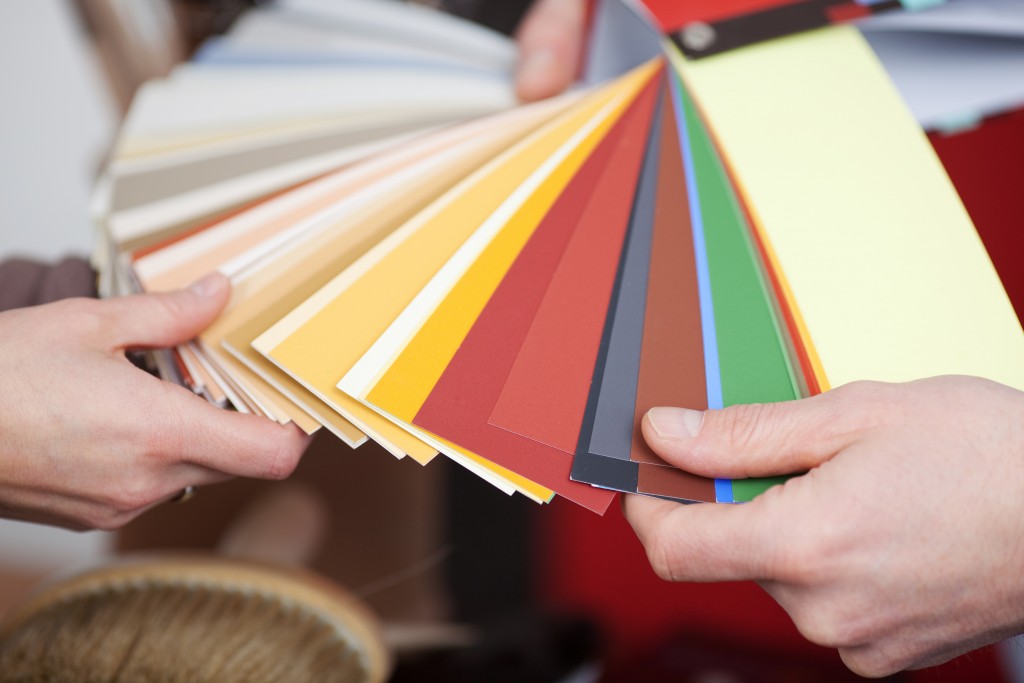Regardless of industry, it is essential and now a legal requirement to ensure your employees are adequately protected from the various dangers they might face. Helmets, goggles, ear muffs, gloves, aprons, respiratory masks, boots, and safety vests are a few types of PPE that might suffice for your workplace. Though commendable, a few employers are worried that the wearing of PPE might cover up the branding they might have labored hard to create for their workplace clothing.
Thankfully, some of the manufacturers dealing with safety clothing online have various techniques they can use to customize your PPE. This way, your branding can be incorporated into various types of PPE without affecting their functionality. You can, therefore, maximize your brand visibility while protecting your workers and creating a harmonious work environment.
Embroidery
In embroidery, your brand’s logo and message are interpreted into stitches using computer software through a complicated process. The design will then be secured to your PPE’s material then stitched on it. The stitching takes 5–30 minutes, depending on the design’s complexity. It exudes a professional look of the design, allows the customization of multiple material types and will last longer compared to other methods. Embroidery might nonetheless be costly more so for small batches and cannot be used for complex images and gradients.
Screen Printing
In this technique, a mesh will be used for the transfer of ink onto a substrate apart from in sections where a blocking stencil will make the ink impermeable. A squeegee or blade will be moved across the screen filling the material’s apertures with the ink. The artwork is then separated into diverse colors for each screen before the material is heat dried. Screen printing is the cost-efficient technique for the customization of large batches and produces durable prints. It, however, has a limited design and color range.
Direct-to-Garment (DTG) Printing
 Here, a printer is used for the application of water-based ink directly onto the material using inkjet technology. The material fibers will then absorb the ink and generate a design. For the best outcomes and durability, DTG printing is done on 100% cotton garments though it can also be used on those containing 50% cotton. It has a broad color range and quick turnaround times though prints on colored and dark garment might look grainy and not so vibrant.
Here, a printer is used for the application of water-based ink directly onto the material using inkjet technology. The material fibers will then absorb the ink and generate a design. For the best outcomes and durability, DTG printing is done on 100% cotton garments though it can also be used on those containing 50% cotton. It has a broad color range and quick turnaround times though prints on colored and dark garment might look grainy and not so vibrant.
Digital Vinyl Printing
This process involves the printing of your design on vinyl then its cutting and eventual transfer on your PPE. The vinyl design will be transferred onto the substrate using heat pressing or application tape with the printed side facing up. Digital vinyl printing allows the production of virtually all design shapes and colors and generates very durable prints. The graphic ink is also embedded in the material’s fibers and will thus not crack or stretch your garments nor fade.
With these options, you need not choose between PPE and your branded workplace wear. You should, however, work with a knowledgeable PPE manufacturer rather than the nearest fabric printer. This guarantees the customization designs you pick do not contravene set OSHA regulations on what is allowed on PPE.






